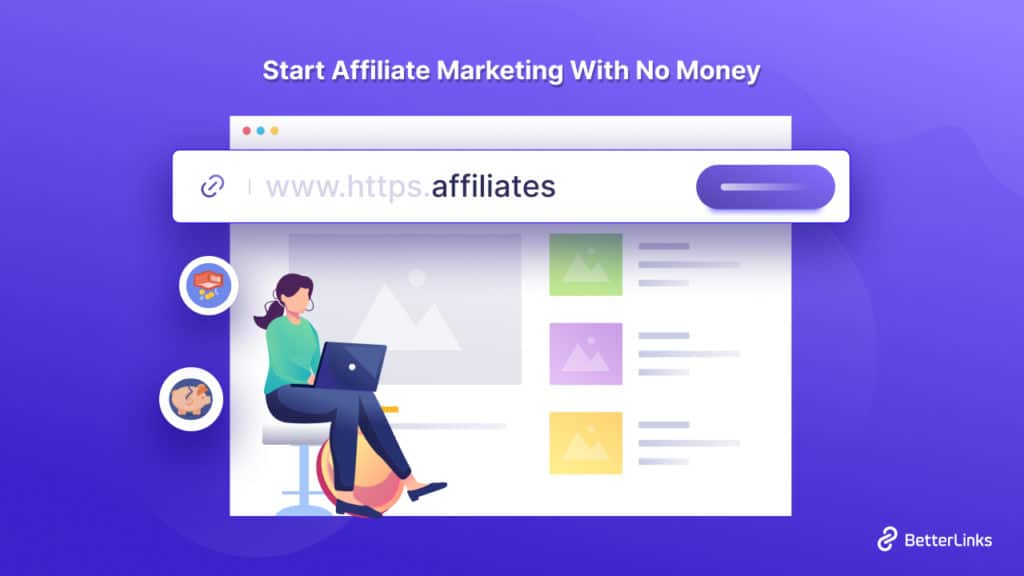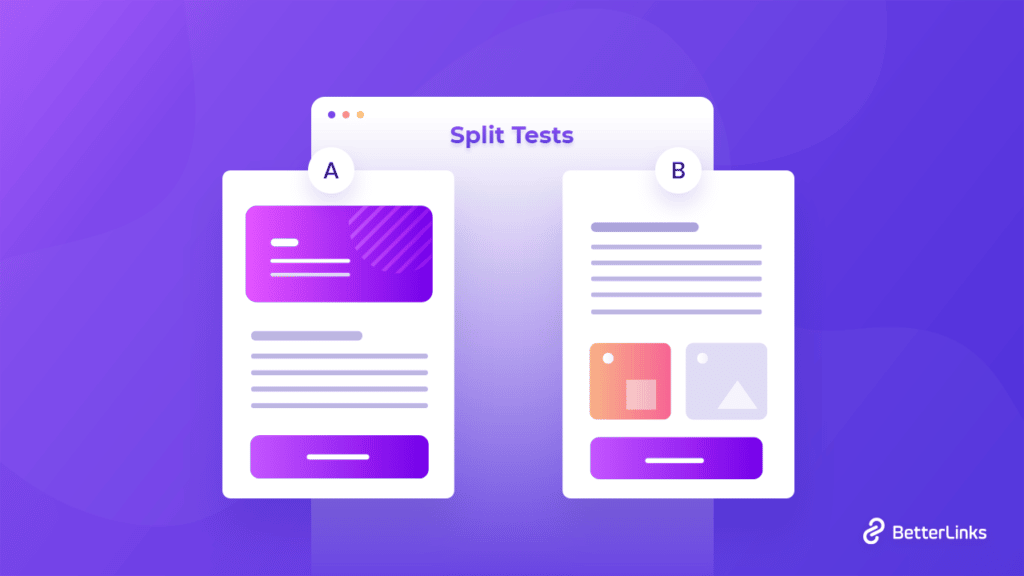If you are a seasoned affiliate marketer looking to refine your strategy or a newcomer eager to make your mark, understanding the affiliate marketing jargon is crucial. It helps you to communicate effectively within the industry. The industry is filled with specific terms and acronyms that can confuse the users. From “Affiliate Networks” to “EPC” and “Conversion Rates,” the language of affiliate marketing is both broad and subtle.

Why It is Important to Know Affiliate Marketing Jargon
Understanding affiliate marketing jargon is crucial for anyone involved in this industry. The field comes with many specific terms describing its various components and processes. Mastery of this language can help affiliate marketers and other industry-related people communicate effectively. It also allows them to set clear expectations and optimize their affiliate marketing strategies for better performance. It also helps to know affiliate marketing better since it includes different types of affiliate programs, payment models, and marketing tactics.
20+ Affiliate Marketing Jargon: Glossary of Terms You Need To Know
For the affiliate marketing jargon, you would find two different sections: core affiliate marketing jargon and advanced affiliate marketing jargon. Each one has its definition and example to give a clear understanding. Here are the jargons:
🔍 Core Affiliate Marketing Jargon
Let us scan through some of the most popular and core affiliate marketing jargon in the industry. Here is the list:
- Cost Per Action (CPA)
It is an online ad revenue model. It pays the advertisers for a specific action from a potential customer. This could be a purchase, a form submission, or a sign-up. The CPA is calculated by dividing the total marketing cost by the number of actions taken. For example, if an advertiser spends $200 on a campaign and receives 10 sign-ups, the CPA would be $20 per action.
- Cost Per Click (CPC)
Cost Per Click (CPC) is the amount an advertiser pays each time a user clicks on their ad. It is a standard model in pay-per-click (PPC) campaigns. The CPC is calculated by dividing the total cost of the ads by the number of clicks received. For instance, if a campaign costs $100 and gets 200 clicks, the CPC would be $0.50 per click.
- Cost Per Lead (CPL)
Cost Per Lead (CPL) measures the cost-effectiveness of marketing campaigns in generating new leads for the sales team. A lead is an individual who has shown interest in a product or service by completing a goal. For instance, you are signing up for a newsletter. CPL is calculated by dividing the cost of generating leads by the total leads acquired. For example, if a company spends $1,000 on a campaign and gets 10 leads, the CPL would be $100 per lead.
- Cost Per Sale (CPS)
Cost Per Sale (CPS), also known as pay per sale, is the amount an advertiser pays for each sale generated by a specific advertisement. It is calculated by dividing the total amount spent on the ad campaign by the number of sales made. CPS is most effective for digital advertising since it allows for precise tracking of sales generated by the ad.
- Commission

In affiliate marketing, a commission is the fee paid to an affiliate for generating a sale, lead, or click. The commission structure can vary widely, with some programs offering a percentage of the sale and others providing a fixed amount for each action.
- CPM (Cost Per Mille)
CPM, or Cost Per Mille, refers to the cost an advertiser pays for one thousand impressions of their advertisement. Unlike CPC, which is based on actual clicks, CPM is based on the number of times the ad is displayed, regardless of user interaction.
- Conversion Rate
The conversion rate is the percentage of visitors who take a desired action, such as making a purchase or signing up for a newsletter. It is a critical metric for understanding the effectiveness of an advertisement or webpage in converting visitors into customers.
- Cookie Duration
One of the popular affiliate marketing jargon. Cookie duration refers to the length of time a tracking cookie is active on a user’s browser, sales, or actions to the affiliate. This is important for affiliates to receive credit for sales made within the cookie’s lifespan.
- Cost Per Action (CPA)
CPA is distinct from other models like CPC and CPM because it focuses on the advertiser paying only when a specific action is completed. This makes CPA a more results-oriented approach compared to paying for clicks or impressions.
- Earnings Per Click (EPC)
Earnings Per Click (EPC) is the average earnings an affiliate earns for each click to a merchant’s site. You can improve EPC to boost your commission rate. To measure the total earnings, you need to get the whole earning amount by the number of clicks. For example, if an affiliate earns $100 from 50 clicks, the EPC would be $2.
🔍 Advance Affiliate Marketing Jargon
Let us explore some advanced affiliate marketing jargon, along with definitions and examples to help clarify their meanings.
- Payout Threshold
The Payout Threshold refers to the minimum accumulated commission an affiliate must earn before they can receive payment from an affiliate program. This threshold can vary significantly between programs and may be set at $25, $50, or $100. If an affiliate does not meet the minimum payment level within the specified time, their earnings roll over to the next period until the threshold is met.
- Two-Tier Affiliate Program
A Two-Tier Affiliate Program allows affiliates not only to earn commissions on their sales but also to earn from the sales generated by other affiliates they recruit. For example, if John refers Jane to an affiliate program and Jane makes sales, John earns a commission on each of Jane’s sales, benefiting from both his and Jane’s efforts.
- Sub-Affiliate
A sub-affiliate is an affiliate recruited by another affiliate within a multi-tier or two-tier affiliate program. Sub-affiliate networks simplify the process by managing communications, reporting, and payments to these recruited affiliates, allowing the original affiliate to earn commissions from the sales or actions taken by their sub-affiliates.
- Split Testing
Split Testing, also known as A/B testing, involves comparing two versions of a webpage or advertisement to determine which one performs better. Affiliates use split testing to optimize their marketing efforts, testing elements like call-to-action buttons or landing page designs to improve conversion rates and, ultimately, their commissions.

- Upsell
An Upsell is a sales technique where a seller motivates the customer to make the purchase of expensive items. It could be upgrades or other add-ons to make a more profitable sale. Affiliates can leverage upsells to increase the average order value, thereby boosting their commission earnings.
- White Label
White Label products or services are produced by one company but rebranded and sold by another company as their own. In affiliate marketing, white-label solutions allow affiliates to offer products or services under their brand, providing a customized experience for their audience while benefiting from the infrastructure of the original provider.
- Recurring Commission
Recurring Commission is a payment model in affiliate marketing where affiliates earn commissions not just on the initial sale but on any repeat purchases made by the customer. This model is standard in subscription-based services, where affiliates continue to earn as long as their referred customers remain subscribed.
- Geo-Targeting
Geo-targeting is simple. It involves serving content or advertisements to a specific geographic location. In affiliate marketing, geo-targeting can be used to present the most relevant offers to users based on their country, city, or even specific areas within a city. It helps in increasing conversion rates.
- Link Cloaking
Link Cloaking involves disguising the affiliate tracking link to shorten it and make it more visually appealing. This can also help protect commissions by preventing link hijacking. For instance, instead of using a long and complex affiliate URL, an affiliate might use a cloaking tool to create a shorter, branded URL that redirects to the affiliate offer.
- Return on Investment (ROI)
Return on Investment (ROI) affiliate marketing measures the profitability of an affiliate campaign. It is calculated by dividing the net profit from the campaign by the total cost of the campaign. For example, if an affiliate spends $100 on PPC advertising and earns $200 in commissions, the ROI would be 100%.
✨ Enrich Your Affiliate Marketing Jargon for Effective Industry Communication
There are a bunch of ways to gain a deeper understanding of affiliate marketing jargon. Online guides covering payment models, niche identification, and website creation, program research are valuable resources. It ensures continuous learning by staying updated on the latest trends and terms, as affiliate marketing is a dynamic field.
This approach will help you build a solid foundation of Affiliate marketing jargon and effectively communicate within the affiliate marketing industry. If you have found this blog helpful, let us know in the comment section or share your feedback on our Facebook. You can also subscribe to our blog for the latest updates.








